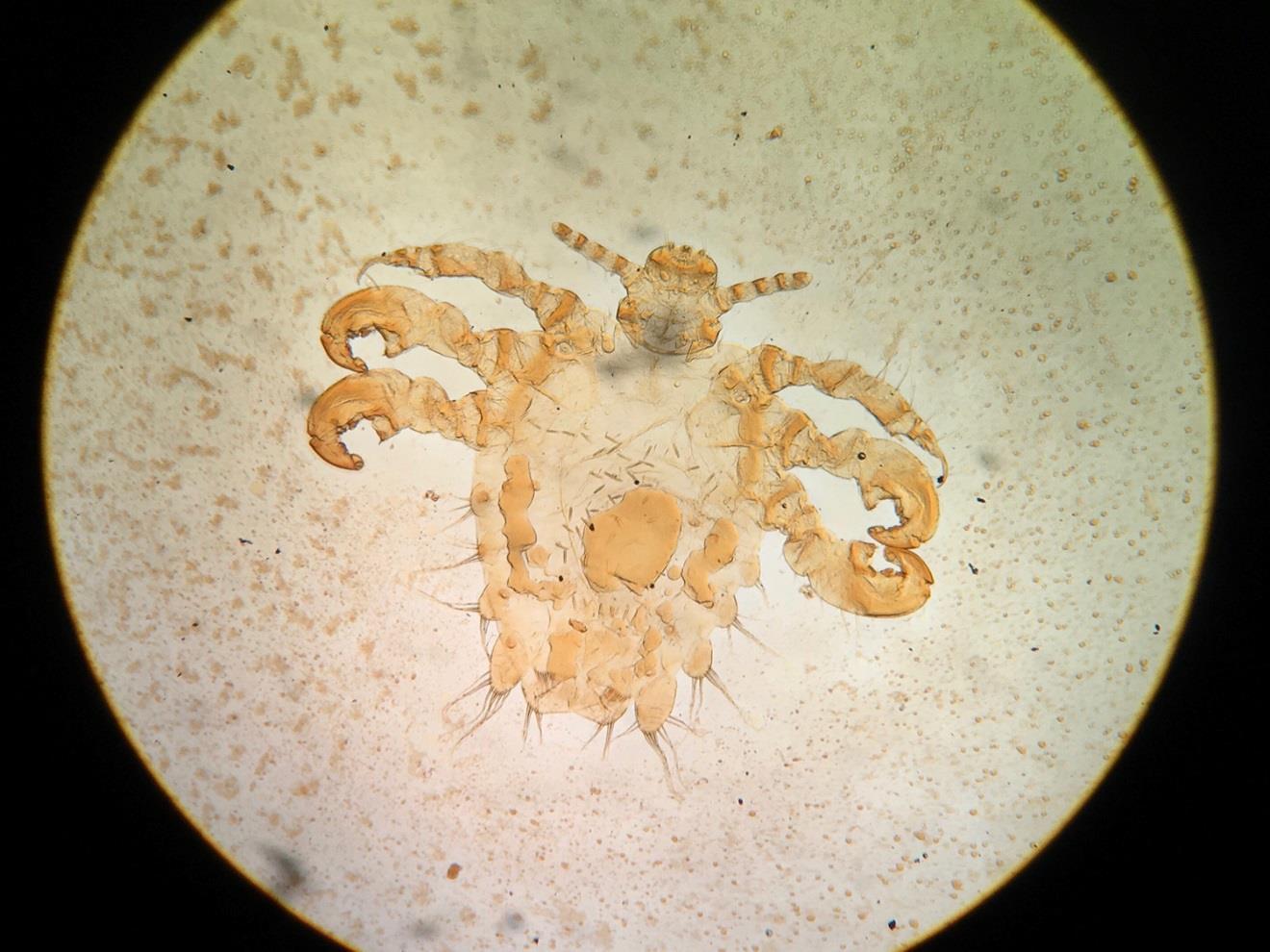SUMMARY The purpose of this course has been to introduce the student to matters related to human sexuality. As you have learned, the research and understanding of human sexuality are rather recent events compared to the study of other sciences and research on this subject is still ongoing. The course touched on the anatomy and physiology of the human reproductive system as well as what is known about the human sexual response, sexual arousal, and intimate relationships in humans. How sexuality figures into contraception, conception, pregnancy, and childbirth were also important issues covered in the course. As you have seen, there are complex issues involving sexual and gender orientation, sexual dysfunction, and behaviors considered to be sexually deviant in today’s society that were part of what was discussed in this course. Chapter one in the course opened up the discussion of human sexuality by talking about the anatomy and physiology of the male and female reproductive system. While not all of sexual behavior and sexuality is focused on the reproductive system, discussing these systems was important to understanding human sex. As you have seen, the study of the brain in human sexuality is not well understood but it is important to recognize its role in sexuality. Some of the cultural issues about the sexual organs was covered in this chapter, including male circumcision and female genital mutilation, sometimes referred to as female circumcision. The topics of chapter two were the human sex drive or libido, sexual responsiveness, and the study of aphrodisiacs. As you learned, there are differences between men and women when it comes to the sex drive. The sexual response cycle is a relatively predictable pattern of physiological variables that change during sexual activity. There are drugs and supplements considered to be aphrodisiacs. What these substances are and how they are studied were discussed in this chapter. Chapter three in the course looked into the psychology of intimate relationships. Intimacy starts with attachment, and attachment, as you learned, begins in infancy. The type of attachment a person develops in childhood determines how they will respond to
229












